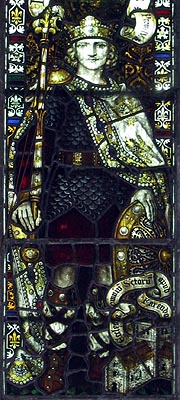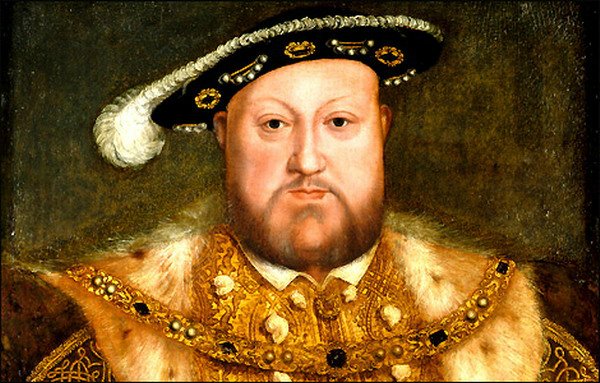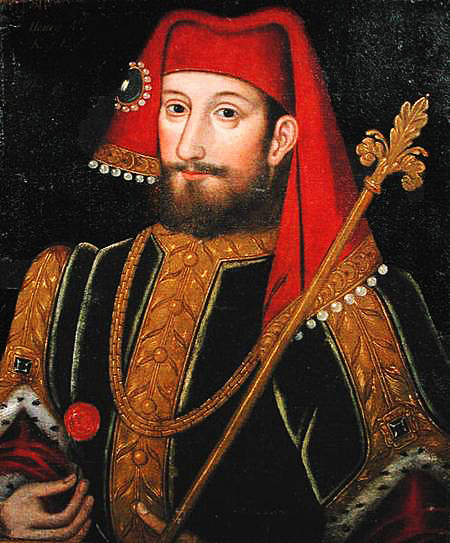Music historians traditionally divide the development of Western music into several major periods and movements.
Medieval (c. 500–1400)
The Medieval era was the first time that composers in significant numbers began to write down music to preserve it and communicate it to others. The earliest examples of this written music come from the medieval Catholic Church, in the form of Gregorian chant. By the1400s, composers began to write polyphony. Polyphonic writing became more sophisticated as composers changed styles from theArs Antiqua to the Ars Nova. In the 1100s and 1200s, troubadourscomposed the first secular music unaffiliated with the church.
- Gregorian chant: A single-line melody sung in unison by one or more people. Chant used religious text for its words and was written by monks in the Catholic Church.
- Polyphony: Music that combines two or more lines, which are more or less independent of each other, at the same time.
- Ars Antiqua: The earliest movement of written polyphony. It originated in the cathedral of Notre-Dame de Paris in the 1200s.
- Ars Nova: A French movement of the 1300s that greatly refined notation and polyphonic writing from the era of Ars Antiqua.
- Troubadours: Wandering musicians in Medieval France who sang songs of courtly love. The troubadours made important musical innovations and were the first main source of secular music.
Renaissance (c. 1440–1600)
The Renaissance heralded a breakthrough of new ideas and techniques to Western music and brought innovations at a faster rate than ever before. The printing press enabled easier duplication and distribution of music and musical treatises, and the study of music became more common, not only for members of the church. Composers began to view music more as an expressive art than as a science. They further developed and codified the conventions of musical notation, began to write four-part polyphony as standard practice, and began to use imitation regularly. By the end of the Renaissance, composers had mastered the art of counterpoint.Instrumental music rose in prominence relative to vocal music, and the complete Mass was commonly set to music.
- Four-part writing: A common configuration of four parts, often abbreviated SATB (short for soprano, alto, tenor, and bass, the four standard voice registers).
- Imitation: A device used in polyphony in which one part follows another by repeating a similar or same passage played first by the other part.
- Counterpoint: A device in which two (or more) melodic lines run simultaneously but neither becomes dominant over the other, so both can be heard independently.
The 1600s saw the rise of instrumental music as composers explored techniques and new instrumental forms. The sonata and concertowere born during this period, and growing virtuosity of performance emerged to accompany these forms. Keyboard music flourished, specifically for harpsichord. The Baroque era also saw the dawning of new vocal forms, including the cantata, opera, and oratorio. Music became a central part of daily life, and composers found new ways to express themselves dramatically, sometimes in extreme fashion. In addition, patrons unaffiliated with the church began to support composers in large numbers.
- Common practice period: The period in music from the early Baroque to the end of the Romantic in which composers used a well-defined common harmonic language. Composers from this period wrote in a style we usually associate with traditional concert music.
Classical (c. 1750–1810)
Although many people use the term “classical music” to denote a broad category of instrumental or vocal music that is different from “popular” music, this usage can be confusing because the term also refers more specifically to the Classical era. In the Classical era, composers reacted against what they saw as unnatural and exaggerated in the Baroque style. As they sought balance of both expression and form, formal structures grew in sophistication and became more central to composition. Music grew increasinglyhomophonic, and composers reserved use of counterpoint only for specific situations that demanded it. Orchestral and chamber musicbecame more important, and the symphony and string quartet were born as music grew increasingly secular in nature. The fortepiano —the precursor to the modern piano—was invented shortly before the Classical period and became very important, for it was capable of greater dynamic expression than the harpsichord. Wind instruments that had developed in the Baroque era came into more widespread use and prominence.
- Homophony: A musical texture distinct from polyphony in that it sets one melody together with a subordinate melody against an accompanimental background.
Romantic (c. 1810–1890)
Beethoven opened the door to the Romantic period by defying conventions of the Classical era and expanding possibilities in his own music. The Romantic composers were more interested in pure expressive content in their works and used larger dynamic ranges and longer melodic lines. As a result, composers’ individual voices became more distinct from each other, often strikingly so. Some composers relied on nonmusical subject matter to write program music in less rigid forms, like the orchestral tone poem. At the same time, nationalism became an important factor in composition, as composers began to draw on folk tunes, local dance forms, and other musical material native to their homelands. The size and scope of music also expanded: Some composers specialized in very short chamber works, while others wrote lengthy pieces for massive ensembles.
- Program music: Music written to follow a plot or describe a nonmusical idea. Berlioz’s Symphonie Fantastique, for instance, follows the course of a troubled artist’s life with musical illustrations of people and events.
- Nationalism: A turn toward native forms and ideas. Nationalist composers used folk melodies from their native lands and often wrote patriotic music.
At the end of the Romantic period, composers pushed the boundaries of musical development so far that they eventually “broke” and a common harmonic language no longer existed. Harmonies became more dissonant as chromaticism was used to a greater degree.Impressionist composers prioritized color and texture. Others invented their own rules of counterpoint and harmony, such asserialism. Others, the neoclassicists, turned to music from the past for inspiration. Many composers broke away from traditional major and minor scales and used other scales, such as the whole-tone scale and octatonic scale.
- Chromaticism: Use of harmonies that do not exist naturally in a key. Chromatic music sounds denser and more dissonant and often modulates to a number of keys within a single piece.
- Impressionism: In music (as opposed to the visual arts), a movement founded by Debussy, who made color and texture central elements in his music
- Neoclassicism: A movement, pioneered by Stravinsky in the 1920s, in which composers brought a modern perspective to older music. Frequently, composers writing in this style used traditional forms and musical language and then altered it to create a new sound. Neoromanticism is another movement that came into being a short time later.
- Serialism: A method of composing, invented by Schönberg, in which all twelve notes of the chromatic scale are used in an ordered succession. Serialism can effectively destroy the feeling of key and tonality. It is also called twelve-tone, dodecaphonic, or atonal music.
As the 20th century progressed, composers took more liberty with form and technique and pushed the frontier of music further.Experimentalists tried extended techniques to create new types of sound. The first electronic music opened a new range of possibilities. Composers introduced graphic notation to achieve new effects like indeterminacy. Although some critics have felt that these new methods have distanced composers from their audiences, there are still many active contemporary composers all over the world contributing to a living music history.
- Experimentalism: A movement that sought to explore the very idea of music by seeking new ways to create sounds outside of traditional instrumental playing. Experimental composers tried to create new definitions of music and redefine the audience’s listening experience.
- Extended techniques: Unconventional playing techniques (e.g., knocking the back of a cello, putting an oboe reed in a trombone mouthpiece) that experimental composers pioneered in their attempts to create new sounds.
- Electronic music: Music created with electronic devices instead of acoustic instruments. The first electronic instrument was the Theremin, a box that emitted radio waves and produced a unique sound similar to a violin and human voice combined. In the 1950s, composers experimented with audiotape pieces called musique concrète, which often incorporated sounds from nature with human sounds. Today, nearly any sound imaginable can be simulated electronically. Some composers work in electroacoustic media (combinations of electronic devices and live performers on instruments), while others work in exclusively electronic means.
- Graphic notation: A new approach to music notation that emerged in the middle of the 20th century. Graphic notation incorporates images, charts, and shapes not found in traditional music notation to communicate the composer’s wishes.
- Indeterminacy: A technique in which the composer leaves certain choices to the performer, including what notes, rhythms, or speed to play. Indeterminacy introduces a level of randomness and improvisation in performance.
Credit: sparknotes.com




















